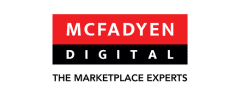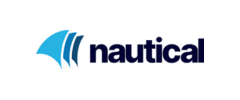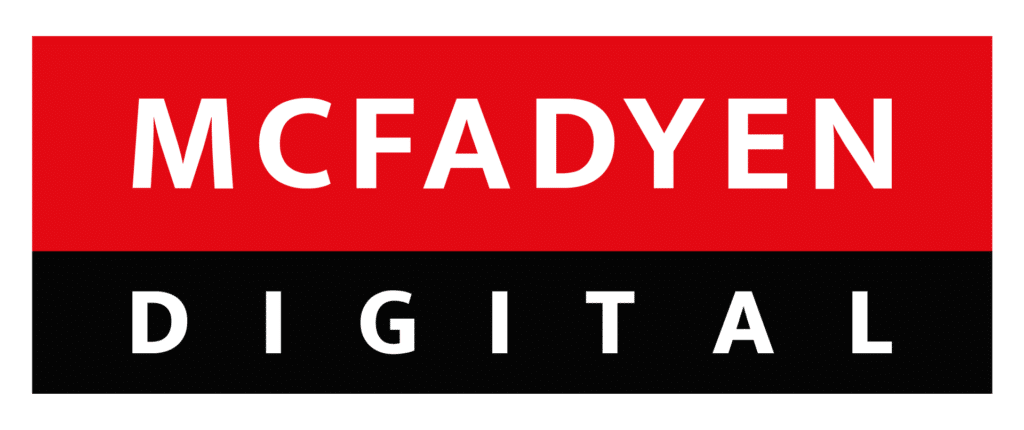
In this edition, our lead story looks at how McFadyen helped Proudly build a first-of-its-kind marketplace focused on the LGBTQ+ community, using Adobe Commerce (ecommerce frontend) & Mirakl (marketplace platform). The marketplace provides a platform for LGBTQ+ and allied service providers to connect with their clients. Proudly.Market is dedicated to elevating LGBTQ+ entrepreneurs, creators, service professionals, and community organizations. The platform is not just a marketplace; it’s a vibrant community fostering inclusivity and support. The concept of a circular economy has gained momentum in recent years to minimize waste and optimize resource usage to combat climate change. The Nautical Commerce article by guest authors at McFadyen Digital examines how marketplaces power the Circular Economy. The article explores how online marketplaces drive circularity, regulatory and compliance motives, and the five major types of circular platforms. According to data from the National Retail Federation, roughly 17% of online purchases were returned in 2022, down from 21% the previous year. While the retailer rode the wave of pandemic-led growth, it came with a price. BBC’s story details how retailers worldwide are tackling this problem of returns. The waters are muddy when it comes to understanding the clear distinction between a marketplace model and a platform model. Both models have their own unique set of advantages and challenges. Stripe blog takes an in-depth look at this subject to help readers understand that these differences aren’t just about choosing a path—it’s about gaining a complete picture of the capabilities and expectations of your business and the needs of your user base and aligning these insights with the most suitable infrastructure for your business. Read this and other great stories in this week’s edition.
Notable news from the past week

McFadyen Digital Helps Proudly.Market Launch World’s First LGBTQ+ Focused Marketplaces
In 2020, when the pandemic hit the world and went into a state of lockdown, the LGBTQ+ community faced significant hurdles to keep their businesses running. Moreover, with the growing hostile political climate, things were getting worse. There was a felt need from the LGBTQ+ community for a safe place to reach their markets and sell their products at the right price. That is how the idea of “Proudly” was born. McFadyen Digital helped Proudly build first of its kind marketplace focussed on the LGBTQ+ community, using Adobe Commerce (ecommerce frontend) & Mirakl (marketplace platform). The marketplace provides a platform for LGBTQ+ and allied service providers to connect with their clients.

How Marketplaces are Powering the Circular Economy
The concept of a circular economy has been gaining momentum in recent years as a way to minimize waste and optimize resource usage to combat climate change. And with an impressive projected global value of $4.5 trillion by 2030, it’s an emerging economic sector. At its core, a circular economy is an economic system aimed at eliminating waste. It is characterized by closing the loop on product life cycles through reuse, recycling, and recovery, rather than following the traditional linear economy of ‘take, make, and dispose’. A key player in this landscape is the platform-model ecommerce business—especially online marketplaces. These platforms, which connect buyers and sellers, offer unique opportunities for promoting reuse and recycling in a way that brick-and-mortar retailers simply can’t. This article explores how online marketplaces drive circularity, regulatory and compliance motives, and the five major types of circular platforms.

Why More Fashion Retailers Are Charging Return Fees
Some of the biggest business winners of the Covid-19 pandemic were e-commerce retailers. In the US, Census Bureau data shows $571.2bn (£473bn) of goods were sold online in 2019. The next year, that figure hit $815.4bn: a 43% climb. In 2022, annual US e-commerce spending hit the $1tn mark for the very first time. But the sheer volume of goods sold and shipped from the warehouses e-commerce giants, such as Amazon and H&M, came with a price for retailers. Roughly 17% of online purchases were returned in 2022, according to data from the National Retail Federation, down from 21% the previous year. When retailers rode the pandemic wave of online shopping growth, the volume of goods coming back swelled exponentially. Their answer? Return fees. Since the pandemic began, fast fashion retailers have especially taken up the practice. In late September, fashion giant H&M began charging customers £1.99 ($2.40) to return online purchases..

E-commerce To Grow To $300 Bn By 2030, Shipments By Third-party Logistics Firms
The Indian e-commerce industry is predicted to grow five-fold to $300 billion by 2030, with third-party logistics providers expected to handle 17 billion shipments in the next seven years, according to a report by Redseer. As the third-party logistics sector expands, the cost per shipment is projected to decrease by 23% from Rs 60 in 2023 to Rs 47 by 2030. Meesho was identified as the largest contributor to e-commerce 3PL shipments in India, followed by Flipkart, Ajio, and Amazon. The report also highlighted the importance of 3PL in enabling market entry, driving growth, and optimizing logistics investments.

4 Strategies To Help Brick-And-Mortar Businesses Thrive In Digital Age
E-commerce has become a booming industry over the last couple of decades. In fact, recent data from FTI Consulting suggests that online retailers in the U.S. will reach $1.14 trillion in sales this year. This represents a 10% increase over last year. Although e-commerce sales growth is expected to be 10% or less in the coming years, FTI suggests that this will still double the growth rate of traditional brick-and-mortar retailers. With numbers like that, it’s no secret that online businesses represent a major competitive threat to small-to-midsized brick-and-mortar businesses. So what can traditional business owners do to ensure their companies don’t just survive but thrive in the age of digital commerce? I’ve come up with four strategies to help leverage a competitive advantage.

Implementing AI-Technique in Dynamic Pricing to Help in E-commerce Business
Every businessperson would want to know the precise cost at which to sell their good, service, or subscription. Executing sales and marketing plans will undoubtedly become a lot simpler. Online retailers have the chance to go very close to realizing this by incorporating artificial intelligence (AI) into tactics like dynamic pricing.Dynamic pricing uses big data to price your items at the best possible price while considering your expenses and those of your competitors. It is a flexible e-commerce pricing technique. Using dynamic pricing allows e-commerce business owners to remain competitive and price their items in line with sales volumes, competition, and market trends, which results in improved profits and revenue. In e-commerce, businesses frequently adjust their pricing in response to market fluctuations by considering internal sales data and outside variables.

Marketplaces vs. Platforms: What’s The Difference Between Them?
With 59% of global online sales expected to be made through online marketplaces by 2027, and countless more interactions facilitated by platforms, it’s clear that both models have solidified their roles in modern commerce. While both marketplaces and platforms offer unique opportunities for growth and revenue generation, choosing between them can fundamentally shape a business’s strategy, user interactions, and long-term trajectory. However, the decision between adopting a marketplace model or a platform model isn’t black and white. Both models hold their own set of advantages and challenges. Understanding these differences isn’t just about choosing a path—it’s about gaining a full picture of the capabilities and expectations of your business and the needs of your user base, and aligning these insights with the most suitable infrastructure for your business.
.
To subscribe to the Ecommerce & Marketplaces Newsletter, please complete the subscription form on this page (either to the right or below this article, depending on device). If you have any suggested content for this newsletter or would like to discuss evolving your organization’s digital commerce, please write to us at info@mcfadyen.com.
Related Articles
Turn Insight Into Impact.
Start Today.




